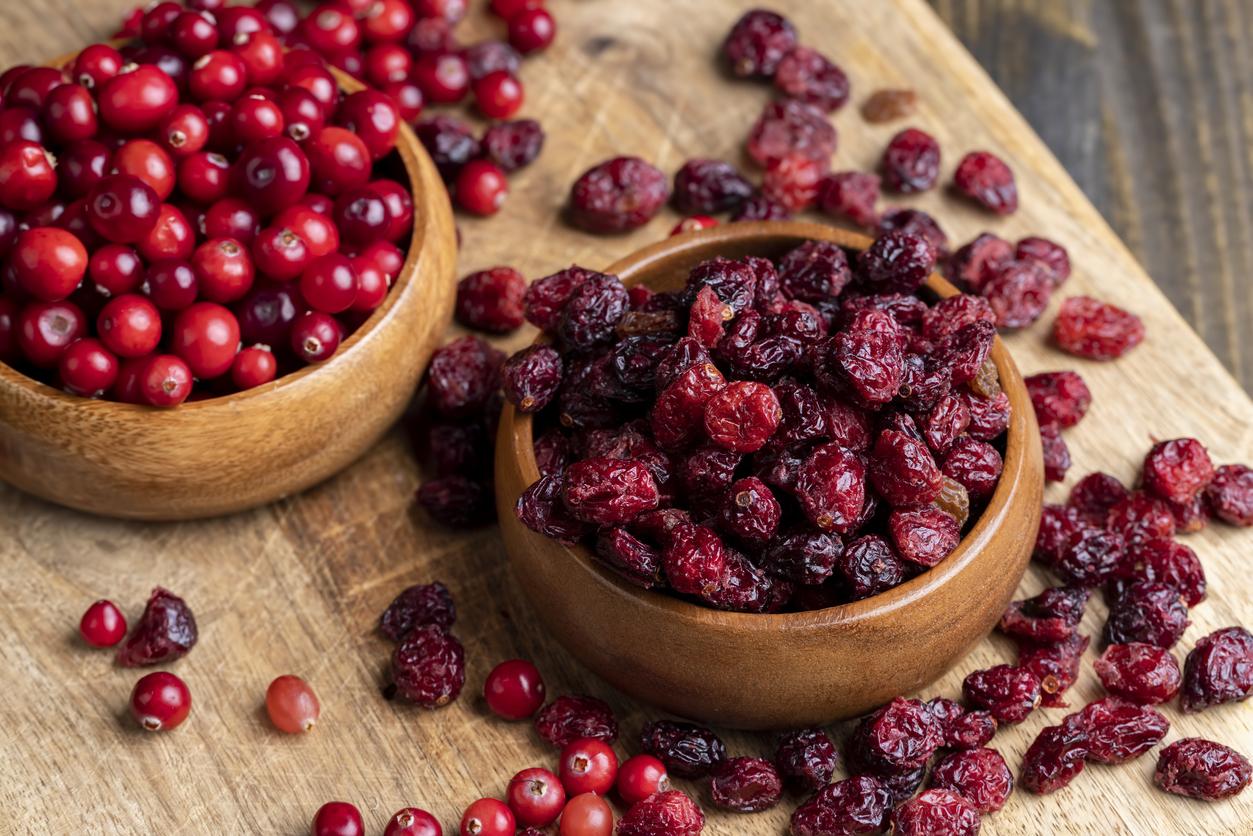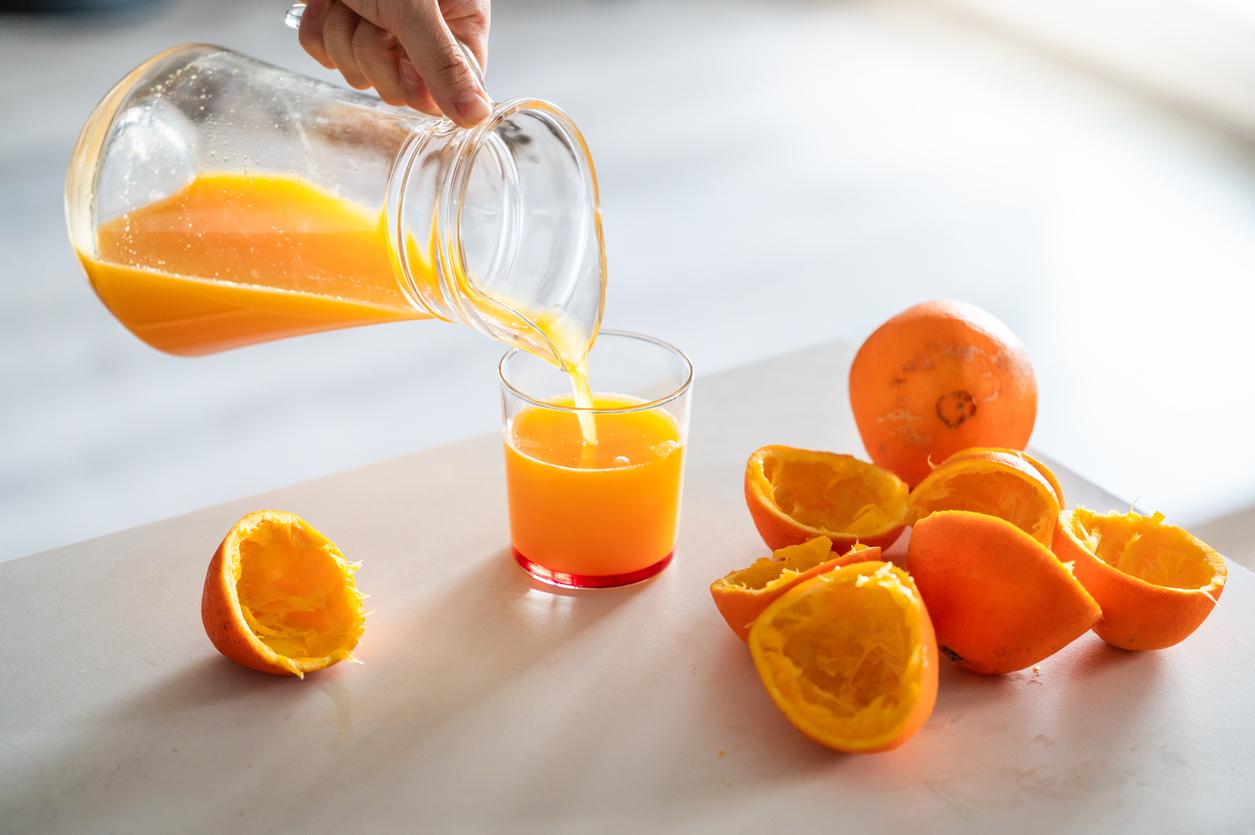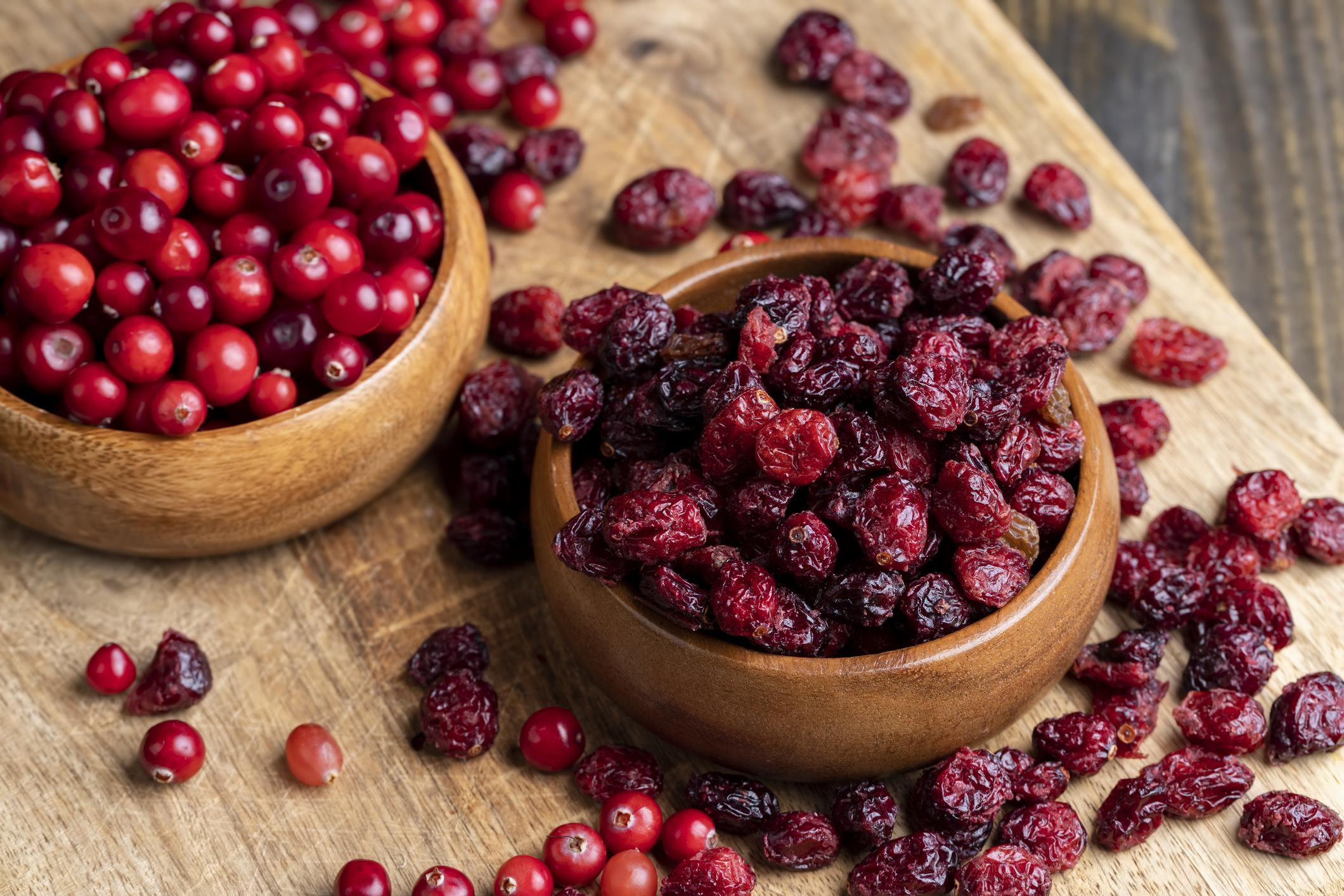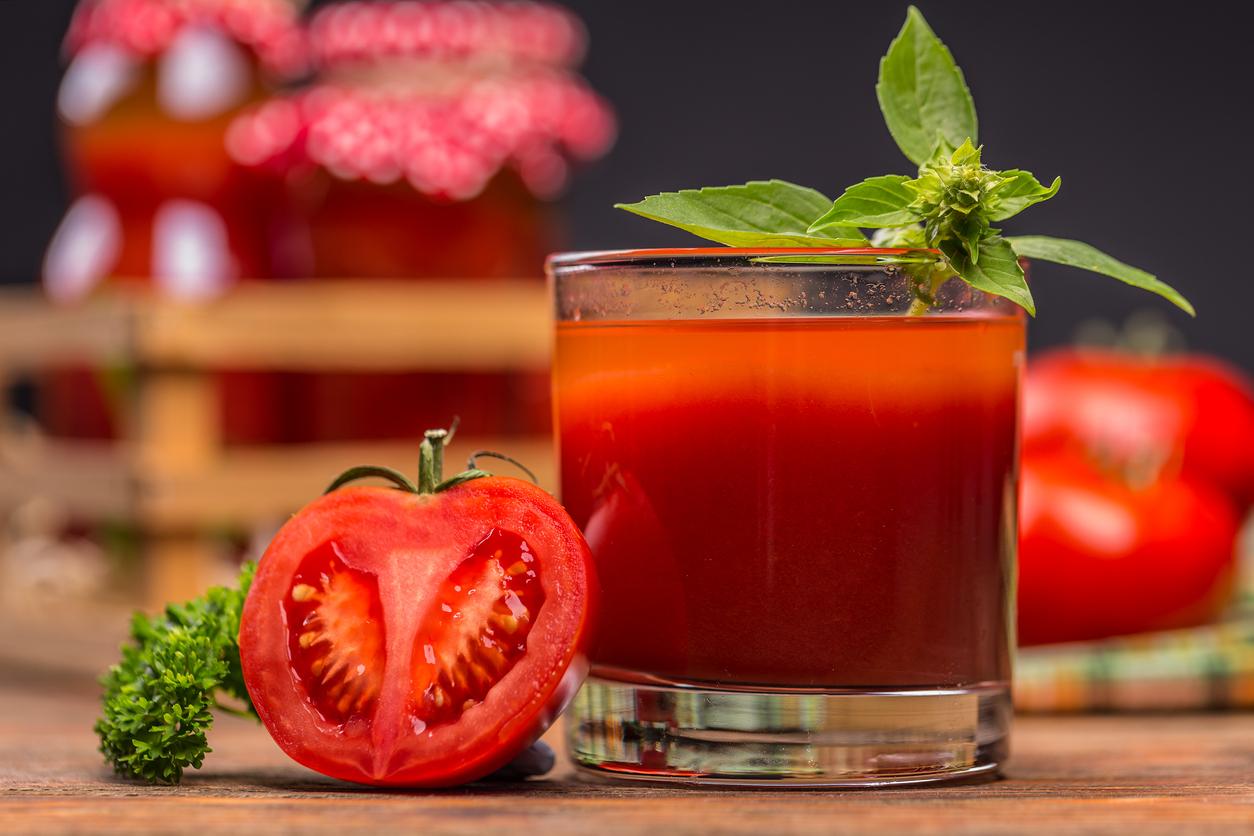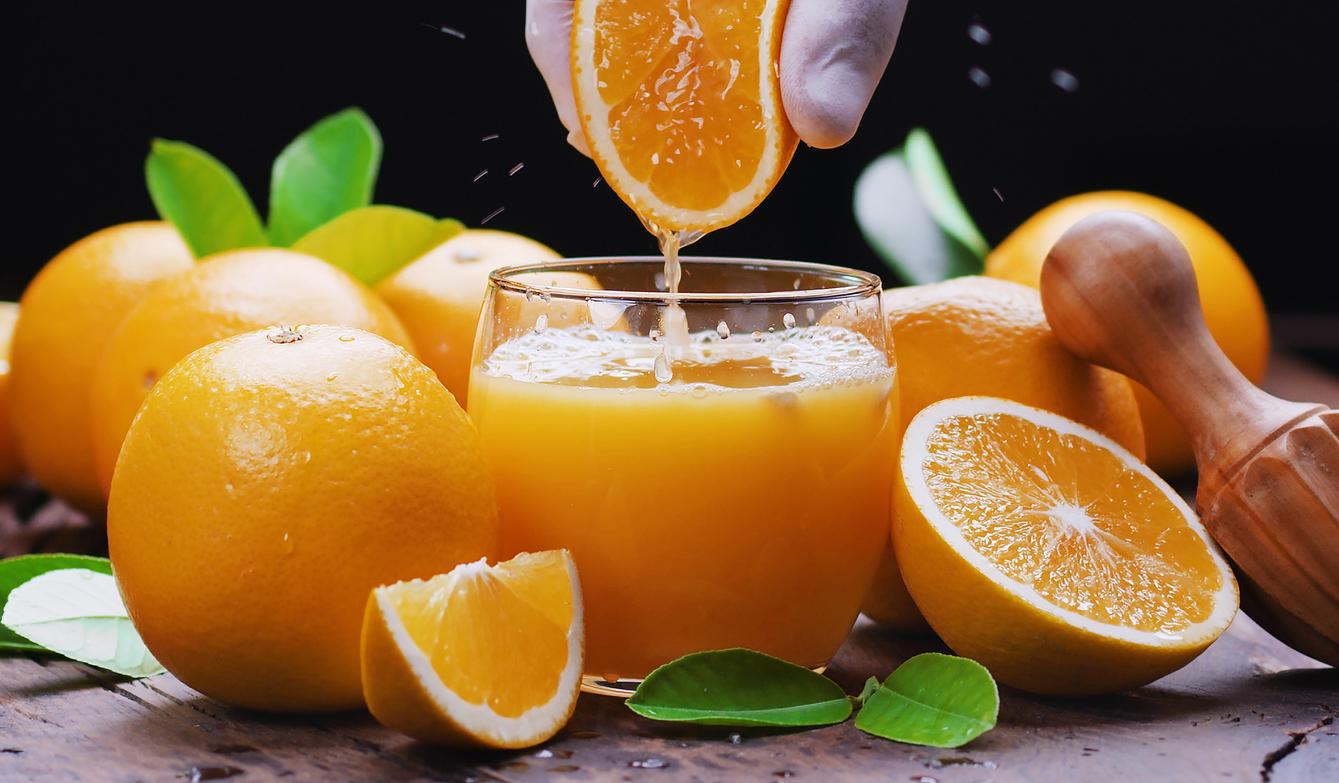April 16, 1999 – It is the proanthocyanins, these pigments which give their red, bluish or purple color to many berries, which explain the therapeutic properties of cranberry juice (Vaccinium macrocarpon) in the treatment of infections of the urinary system.
A study published in the New England Journal of Medicine reveals that cranberry juice works by preventing bacteria from sticking to the walls of the urinary tract, not by acidifying the urine, as previously believed. Bacteria adhere to the walls of the urinary tract using specialized fibers called fimbriae and the JAMA study shows that it is the proanthocyanins that prevent the adhesion of the pathogenic fimbriae of the bacteria Escherichia Coli on the walls of the urinary tract.
According to the researchers, proanthocyanins from other species of Vaccinium, like blueberries (Vaccinium angustifolium and V. corybosum), have similar properties, whereas the tannins of a wide variety of fruits and vegetables do not show them.
Clinical research already has good documentation on the effectiveness of cranberry juice in decreasing bacteria in the urine (bacteriuria) and pus in the urine (pyuria). In 1994, a double-blind, placebo-controlled study published in the Journal of the American Medical Association, had shown that regular consumption of a cranberry juice cocktail significantly reduced the frequency of bacteriuria and pyuria in elderly women.
HealthPassport.net
Howell AB, Vorsa N, Der Marderosian A, Foo LY. Inhibition of the adherence of p-fimbriated Eschericia Coli to uroepithelial-cell surfaces by proantocyanidin extracts from cranberries. N Eng J Med 1998; 339 (15): 1085-1086.
Avorn J, Monane M, Gurwitz JH, Glynn RJ, Choodnovskiy I, Lipsitz LA. Reduction of bacteriuria ans pyuria after ingestion of cranberry juice. JAMA 1994; 271 (10): 751-754
From Herbal Gram, no 45, Winter 1999









